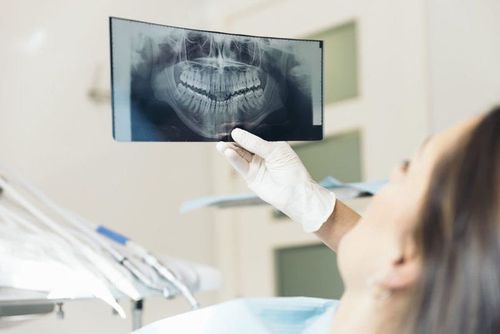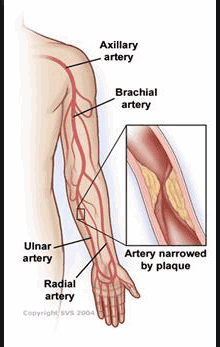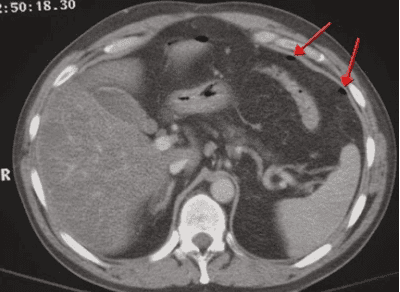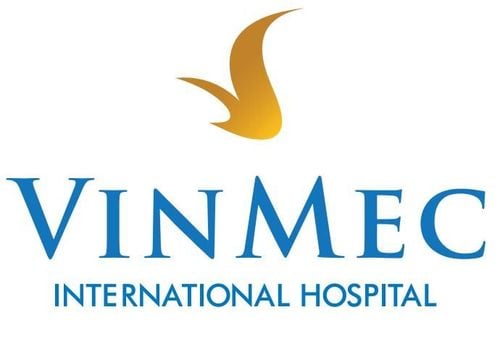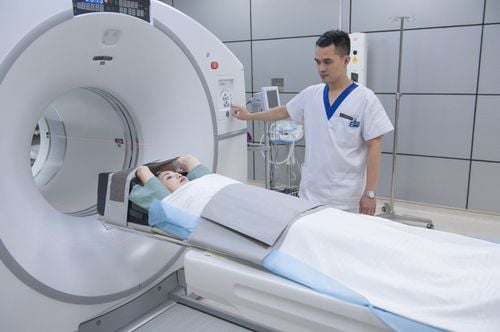This is an automatically translated article.
This article is professionally consulted by Resident Doctor Nguyen Quynh Giang - Resident in Radiology - Department of Diagnostic Imaging and Nuclear Medicine - Vinmec Times City International General Hospital.Orbital computed tomography has high value in diagnosing orbital diseases, is a valuable diagnostic technique, and details bone lesions. This method can be used with or without contrast, when using contrast medium has the ability to clarify lesions related to blood vessels.
1. What is axial and coronal orbital computed tomography with contrast injection?
Orbital computed tomography with contrast injection is a method of introducing contrast material into the body through intravenous injection, taking pictures before and after injection to help accurately diagnose orbital diseases such as: optic nerve, tumor-like lesions, trauma.... Especially, it helps to clarify the damage related to orbital blood vessels.Contrast agents are substances that absorb X-rays, thereby increasing the enhancement of lesions more clearly on radiographs.
When shooting, the eye socket area needs to be taken in two directions: horizontal (axial) and horizontal (coronal). It is sometimes possible for some machines with multi-slice tomography to reproduce the horizontal orientation from the cross-sectional direction.
2. Indications and contraindications
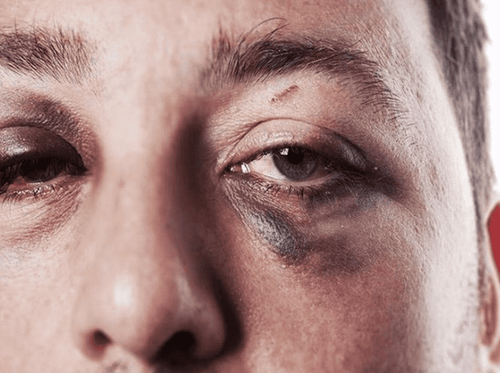
Khi người gặp chấn thương vùng hốc mắt, bác sĩ sẽ có chỉ định chụp cắt lớp vi tính
Trauma to the eye socket.
● Inflammation, infection such as optic neuritis...
● Suspected damage to blood vessels, nerves, tumor in the orbital area.
● Indicated according to the professional requirements of the treating doctor.
Contraindications:
● Relative contraindications: Pregnant women, young children. Pregnant women must use a lead shirt to cover the abdomen if taking pictures.
● Absolutely contraindicated in cases with contraindications to contrast agents such as: Patients with renal failure, liver failure, severe heart failure, history of allergy to contrast, bronchial asthma or hyperthyroidism stable untreated condition...
3. Procedure for computed tomography of the eye socket using contrast agent
3.1 Preparation of Performer: To take a CT scan, a team of doctors and technicians specializing in imaging is required.Means needed to take computed tomography include:
● Computerized tomography machine, specialized electric injection pump.
● Film capture, film printer and image storage system.
Water-soluble iodine contrast agent.
● Medical supplies include: syringes and needles (10ml, 20ml, 50ml), threaded needles (18-20G), syringes for electric injection pumps, antiseptic solution, physiological saline, gloves , mask, tray set, cotton gauze, bean tray, surgical forceps.
● Anti-shock box, medicine and necessary tools to handle the accident in case of abnormality when the patient injects contrast agent.
The patient:
● The patient is clearly explained about how to take a computed tomography scan, the notes when taking the scan, and the possible complications during the process to coordinate with the person taking the scan.
● Remove objects that may cause image noise such as earrings, rings, hairpins...
● You need to fast and drink 4 hours before shooting. You can drink water but not more than 50ml.
● Patients who are excited, restless, anxious and afraid or in case of uncoordinated young children: It is necessary to give sedation as prescribed by the treating doctor if there are no contraindications before taking the scan.
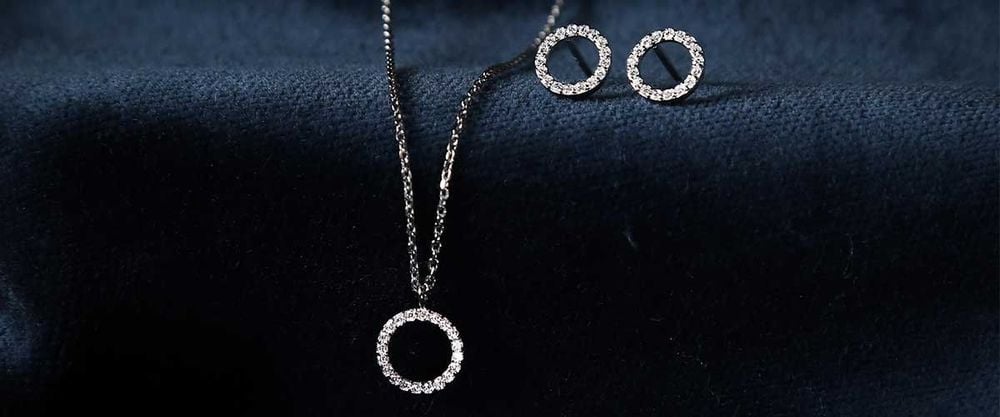
Bệnh nhân cần lưu ý tháo trang sức trước khi chụp tránh gây nhiễu hình ảnh
Step 1: Carry out the scan in both directions before injecting the contrast agent
Transverse direction (axial)
● Patient position: The patient lies on his back, pay attention to need to lie motionless for a few minutes while taking the picture.
● Perform positioning, shooting in a plane parallel to the hard palate.
● Shot in the horizontal direction from the position of the lower edge of the orbit to the upper edge of the orbit.
Thickness of each slice 03mm.
Spiral should be cut.
Horizontal (coronal) orientation or reproduction in cross-sectional direction.
● Patient position: The patient lies supine with the head supine maximally or may lie on the stomach with the head supine maximally.
● Perform positioning capture, following the cutting plane perpendicular to the horizontal plane.
● Shoot vertically from the anterior tip of the eyeball to the posterior border of the orbit.
Thickness of each cut layer 03mm.
● Spiral cut is recommended if possible.
Step 2: Inject contrast agent, with an average dose of 1-1.5ml/kg body weight.
Step 3: Carry out the shooting in the cross-sectional and horizontal directions after contrast injection. The program and method of imaging are similar to those without contrast injection.
Step 4: When the image is obtained, it is necessary to determine the standard image, without image noise. Then print the results in both transverse and horizontal directions, before and after contrast injection, in both the bone window and the software window.
3.3 Evaluation of results ● The doctor reads the results and needs to describe in detail the lesions including: Location, structure, size, spread of the lesion...
● Compare micro tomography images characteristics and clinical manifestations.
Provide diagnosis or diagnostic directions from images.
● If the results are not clear to help confirm the diagnosis, the radiologist may recommend other combined examination methods.
● Can give more professional advice to the patient upon request.

Sau khi chụp, bác sĩ có thể tư vấn thêm về chuyên môn cho người bệnh khi có yêu cầu
4. Accidents and how to handle accidents when shooting
● Young children may not cooperate during the scan: Treatment can be done by taking pictures while the child is asleep, using sedation or in some cases under anesthesia.● The patient is unable to tilt the neck during the coronal scan, and images can be reconstructed from the cross-sectional direction with multi-slice scanners. Thus, when taking pictures, you need a multi-sequence camera and a spiral camera.
Possible complications due to contrast media:
● Anaphylaxis: Mild symptoms such as nausea, vomiting, skin rash or mild urticaria appear. Severe severity shows symptoms such as: Urticaria appears faster and gets worse, angioedema causes shortness of breath, vomiting, abdominal pain, blood pressure has not changed or increased, there is no manifestation of consciousness disorder; The severity of the patient's difficulty in breathing, cyanosis, hypotension, impaired consciousness...
● Contrast-induced renal failure: After using contrast agents, acute renal failure appears or worsens the degree of renal failure. , it is necessary to rule out other causes affecting renal function.
● Thyroid storm: Symptoms of increased temperature, tachycardia, emotional disturbances, if not detected, the signs will be more severe than pulmonary edema, heart failure, coma...if not treated can be life-threatening. This is a serious condition in patients with existing hyperthyroidism.
● There is a risk of affecting the fetus's development, so pregnant women need to consider carefully before taking pictures and often have lead clothes for protection when taking pictures.
When computed tomography of the orbit with contrast injection may occur some complications from mild to severe caused by contrast. In order to limit the complications caused by contrast agents, the patient needs to declare a complete history of allergies and illnesses.
To register for examination and treatment at Vinmec International General Hospital, you can contact Vinmec Health System nationwide, or register online HERE.
SEE MORE
What is a CT scan? In which cases need contrast injection?
● Notes on CT scan you should know
● What is contrast medium?





